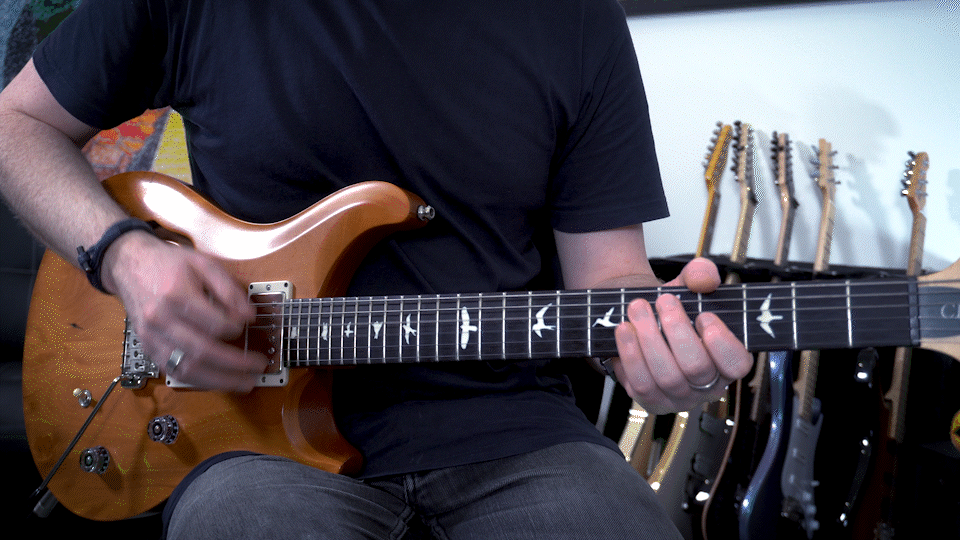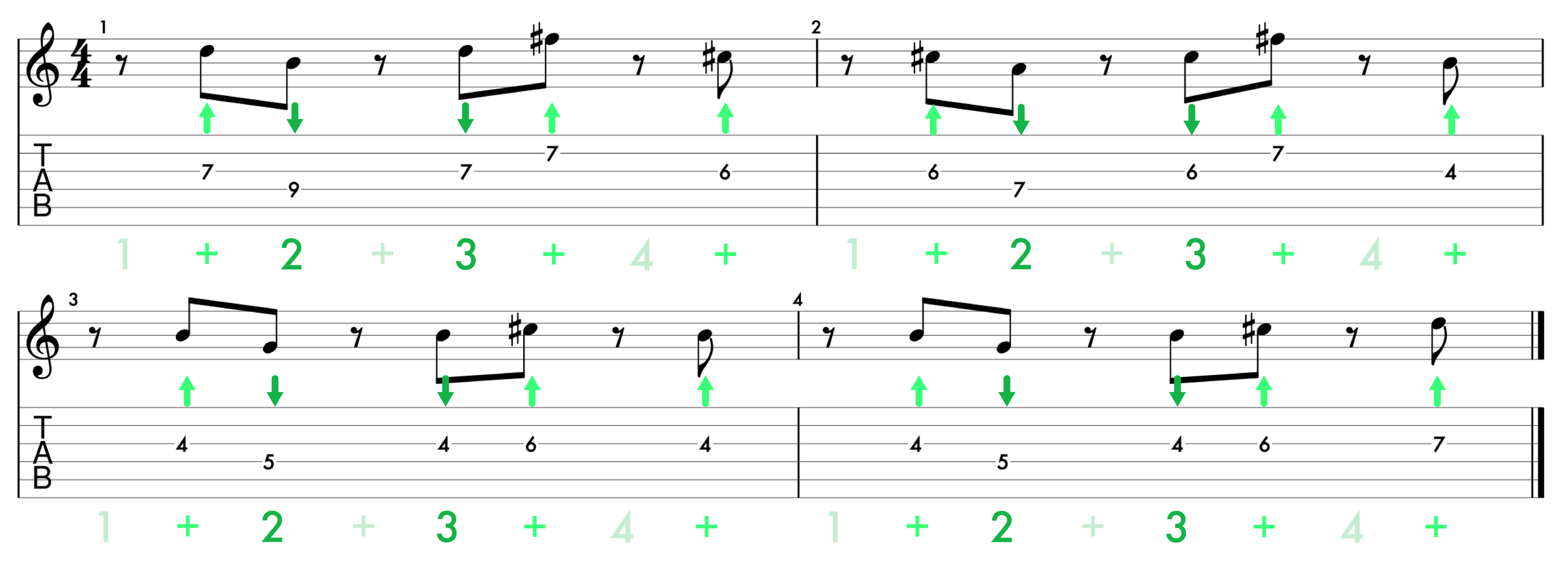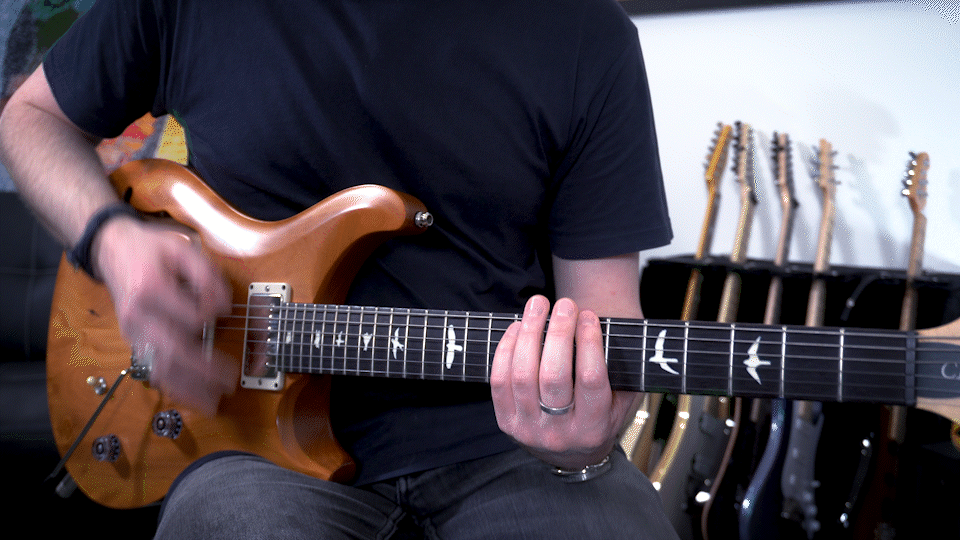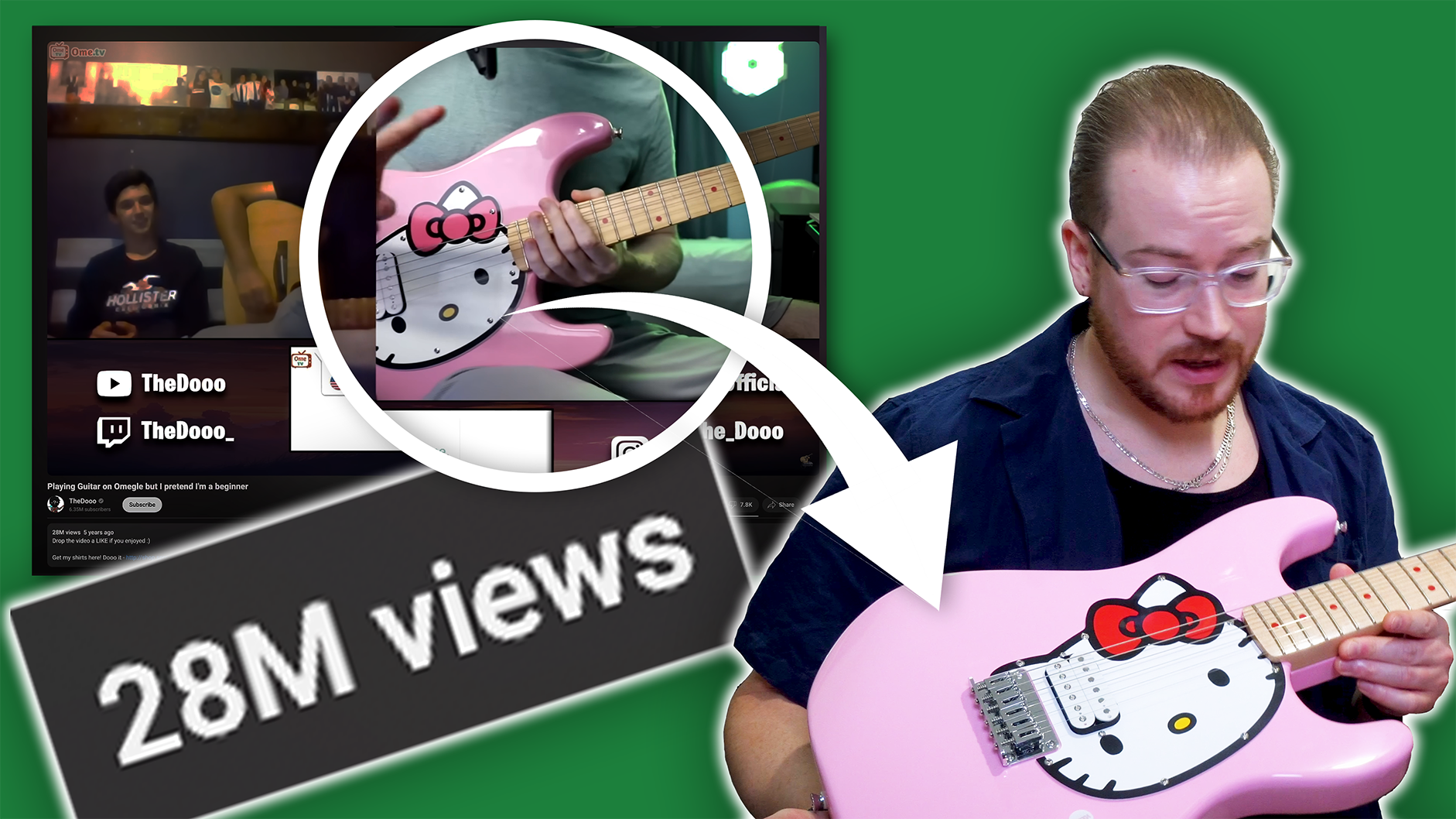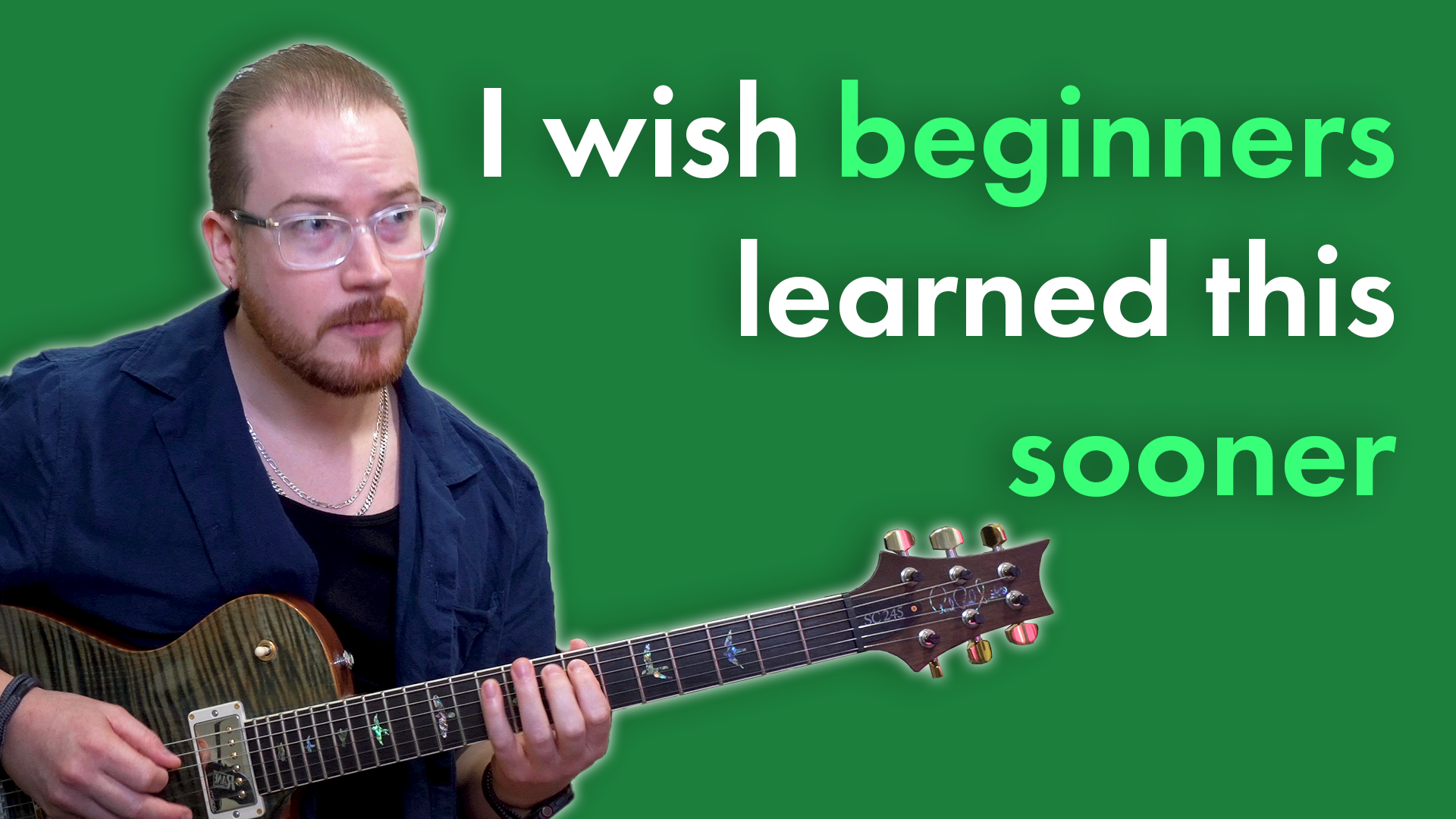How to play: Bad Habits by Ed Sheeran
Ed Sheeran is known for performing with an acoustic guitar and a loop pedal and there's usually a lot of guitar in the album versions of his tracks.
But, Bad Habits doesn't feature a lot of guitar on the studio version of the track. Instead, you’ll hear a lot of synth bass and dance music-inspired elements.
Ed Sheeran has done a few live performances of this song so far. His official acoustic video and this one for TikTok. Both of these are very different from each other and the album version.
The acoustic performance leaves out a lot of melodic hooks that can be heard on the album version. In the TikTok performance, Ed Sheeran relies on his loop pedal and a bass synth to fill out the song.
In this lesson, we're going to use a few less common right-hand techniques to capture the dance music vibe of the single without having to use synths and loop pedals.
Will it be exactly what Ed played?
No.
But he's done it differently in every performance.
When we're covering a song our goal is to capture the important elements of the song, not necessarily to try and play exactly what the guitar played in the single.
Melodic hook
In the lesson video, I explain how we want to pick the notes of this melody by rotating our wrist and using a strumming motion.
Fig. 1: In Bad Habits we pick the melody by rotating our wrist to achieve a strumming motion.
This creates a different sound to what we would get if we picked it normally, which I feel is more in line with the vibe of the album version of Bad Habits.
If we’re playing a guitar solo and using regular alternate picking, it usually doesn’t matter whether we pick a note with an upstroke or a downstroke.
Fig. 2: The eighth-note framework is better used for melodies that are more riff-based.
However, for melodies that are a lot more rhythmic and riff-based, I find it helpful to stick to our eighth-note framework.
If a note is on the beat we play it with a downstroke; if the note is on the off-beat, we play it with an upstroke.
Carefully following this rule is what allows us to play the melody with the strumming motion we mentioned earlier, which is great for this kind of music.
In the TAB below, you can see exactly what strumming direction you need to use to pick each note in the melody. If you look carefully, you’ll notice the strumming directions line up perfectly with our eighth note framework above.
If a note is on the beat, we use a downstroke; if a note is on the off-beat, we use an upstroke.
Fig. 3: TAB notation of the melody played in Bad Habits with picking direction annotated.
When you’re practising this melody, take it slow and count out loud.
It might feel a little silly, but counting out loud is really important in helping integrate our physical and intellectual understanding.
The off-beat nature of this melody and the particular way we are strumming are both a little unusual. These aren’t techniques you’ll use all the time. However, they are awesome tools to have at your disposal so are definitely worth taking the time to get right.
You could just memorize the strumming pattern and play the melody based on how you remember it sounding. But, if you want to get the most out of learning this melody and be able to apply the techniques you’re learning in other situations in the future, it’s important to really understand how the strumming directions line up with the specific beats.
Counting out loud will help you understand what’s actually happening in the rhythm.
Rhythmic Bass
In the lesson video, I explain how you can play a rhythm part that fits the vibe of the track by using a strummed palm-muting technique.
Even though the accent of the bass is on the off-beat, the palm-muted hit on the beat allows us to get the feeling of the kick drum without sounding like a reggae rhythm.
Fig. 4: We can achieve the vibe of the rhythm part of the track by using a strummed palm-muting technique.
In order to do this, we strike the E string and palm mute at the same time, finishing the motion with our pick resting below the A string. Then we play the A and E strings together on the off-beat with an up-strum and no palm-muting.
Fig. 5: Chord chart for Bad Habits by Ed Sheeran played using power chords.
If you’re just wanting to play the chords of the song in the style of Ed Sheeran’s acoustic performance, here are some easier open chord voicings you can use:
Fig. 6: Chord chart for Bad Habits by Ed Sheeran played using open chords.
In the chart above, I’m using the D/F# chord to imply the bass line. However, in the official acoustic performance, Ed Sheeran just holds the D chord for that entire bar.
How do you play Bad Habits?
There is no “correct” way to play a song.
A cover is always open to interpretation.
Ed Sheeran shows us this himself by giving us three versions of the song so far. The studio recording, the TikTok performance, and the official acoustic video.
In this lesson, we’ve looked at an interpretation that allows us to achieve the vibe of some of the main sections of the song, while also recognising it as a fantastic opportunity to develop our right-hand technique.
Is it the only way to do it?
Absolutely not.
It’s an arrangement that I find interesting that will help us become better guitar players.
What really matters is how are you going to play Bad Habits.

